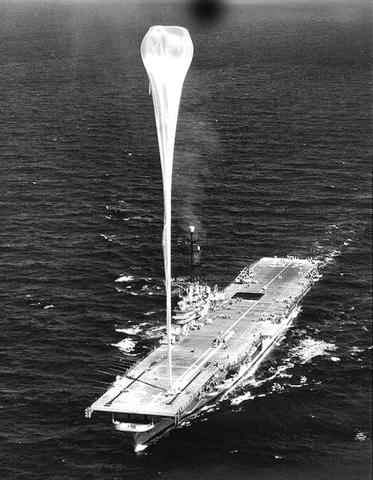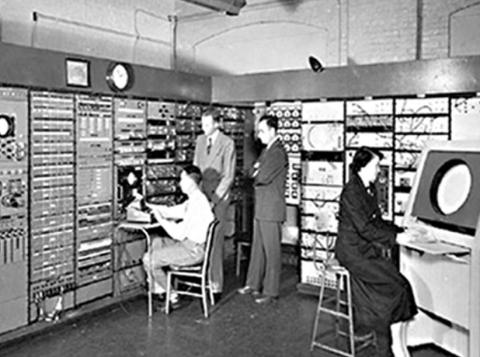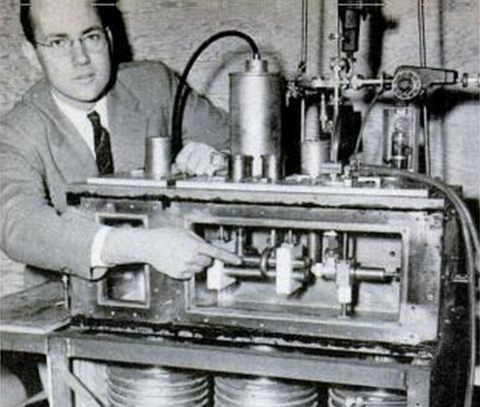ONR Historical Timeline 1950-1940
-
Skyhook
Image
This project involved scientific equipment sent by plastic balloons into the atmosphere to study cosmic rays. Thousands of polyethylene balloons were sent into the stratosphere for basic research, carrying instrument packages to extreme altitudes.
-
ONR Established
Image
Aug. 1, 1946
On Aug. 1, 1946, ONR was established when legislation was signed by President Harry S. Truman charging ONR to "plan, foster and encourage scientific research in recognition of its paramount importance as related to the maintenance of future naval power, and the preservation of national security."
-
RV Atlantis
Image
From the deck of one of the Woods Hole Oceanographic Institution's first research vessels, ONR supported scientists to perform some of its earliest oceanographic research. This included the first study of underwater acoustics; hydrographic research that became the basis for the Department of the Navy's sonar prediction; and extensive chartings of the world's sea floors.
-
Digital, Real-Time Computing
Image
ONR sponsored the development of the first full-scale, digital computer to use magnetic core memory, which allowed it to operate in real time — making it the ancestor of all monitoring systems in everything from cars to air traffic control to strategic defense. The Whirlwind computer remembered, acted upon and delivered information at a rate of 20,000 operations per second.
-
MASER
Image
ONR investments resulted in the microwave amplification by stimulated emission of radiation, or maser, the precursor to the laser, in the late-1940s to 1950s. Researchers sought a means of using short-wavelength radiation to investigate molecular structure, and the result was the maser. Once developed, researchers began work on the idea of replacing microwaves with light.

